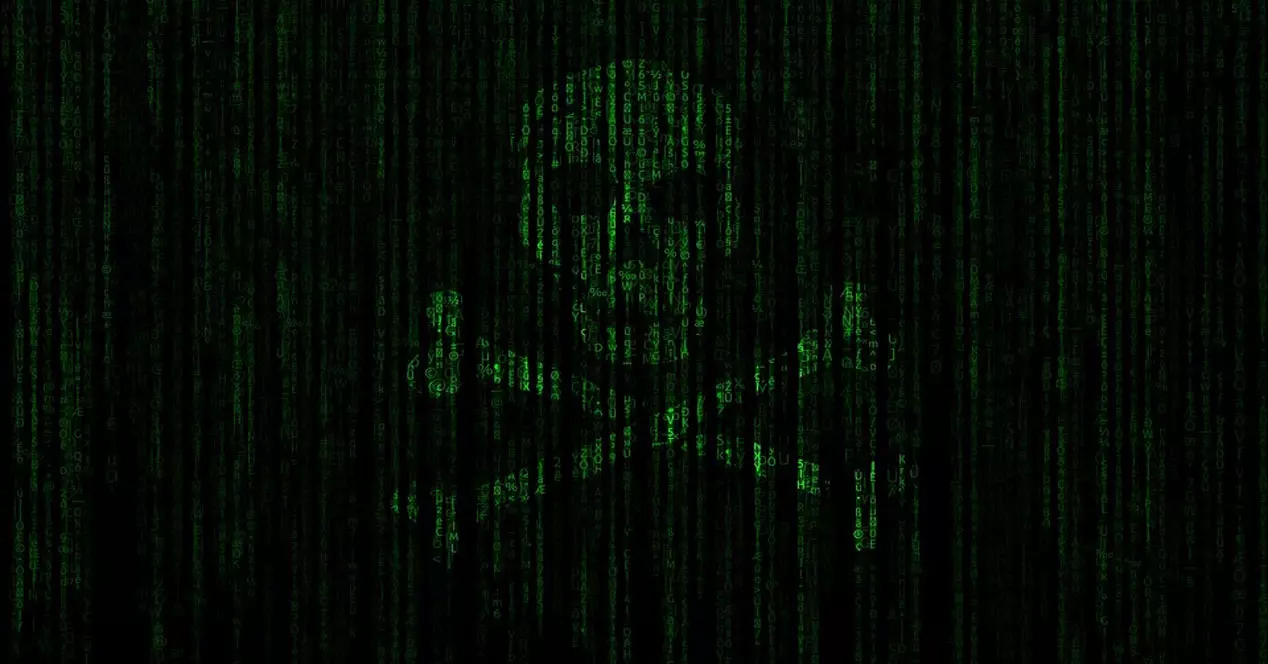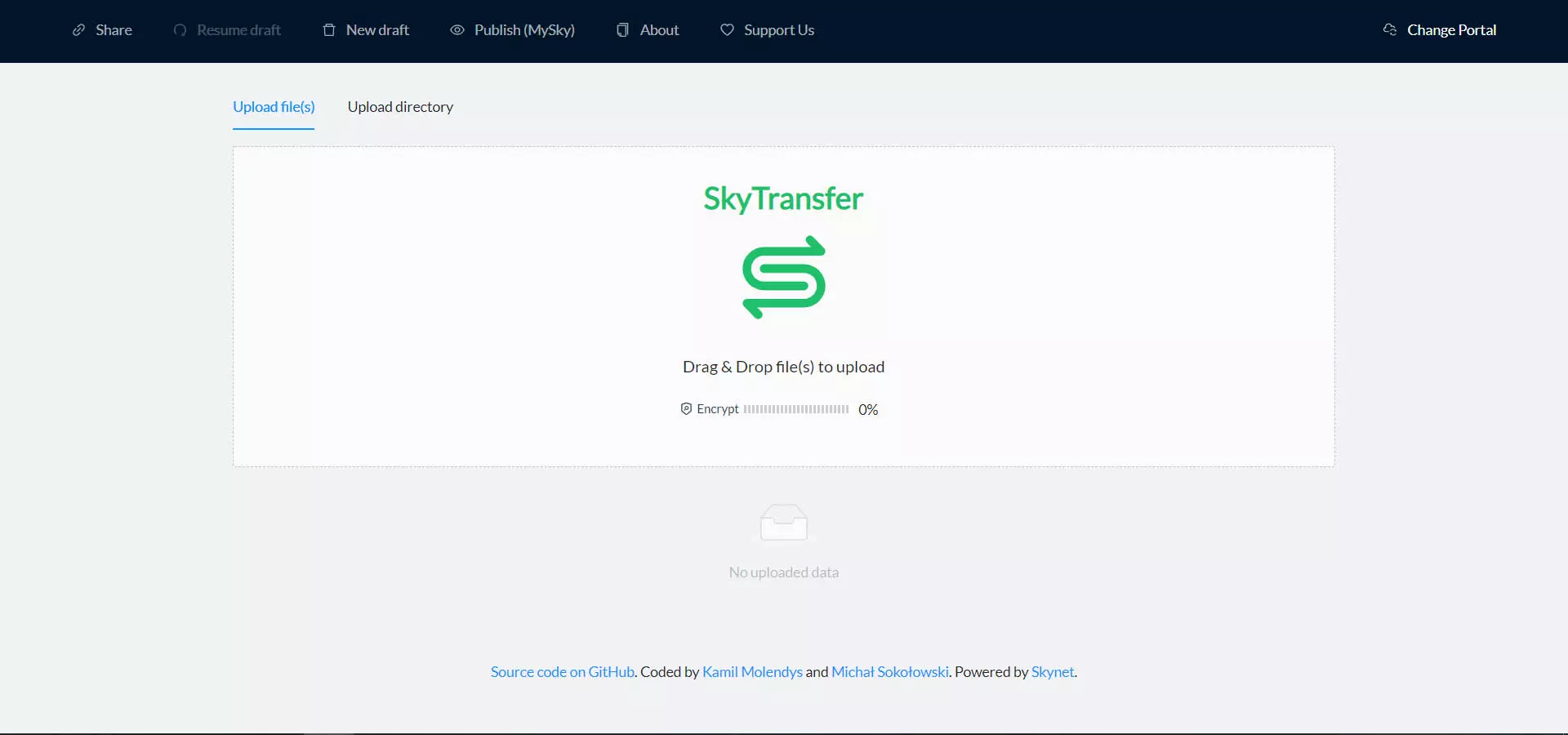
How the ransomware passes to another computer
Normally to infect us with some malware we have to make some mistake. Cybercriminals use multiple strategies to try to attack a computer. In the case of ransomware, it is possible that it moves from one device to another once one of them has been previously infected. Let’s see how it can happen.
Share files over the Internet
One way for ransomware to “jump” from one computer to another is by share files on the network. For example, if you have downloaded a program that contains ransomware, it may have infected other files on that system. Perhaps it has been configured to replicate to many other folders.
When sharing files in the cloud, for example, this could also include malware. That ransomware could end up on a platform where we are going to share files with another person. When you download those documents, you are also downloading malware and it will infect your computer.
Keep in mind that services like Google Drive have a filter that detects possible threats. However, this does not always work well and it is not uncommon for a virus to sneak in.
Use shared memory
You can also get ransomware from another computer if you plug in a flash drive. For example, if you go to a store to print documents and use a public computer, it may be infected and when you put the flash drive ransomware sneaks in automatically and infects you. When you put that USB stick on your computer, it will automatically start running and infecting files.
To prevent this from happening, it is best to be careful when using public computers. Avoid putting a physical memory and if you can, it is best to create an email account for those cases or use the cloud. This way you can transfer files to that computer without having to compromise the security of the physical memory.
Through other malware
One more case is through other variety of malware. For example, a person may install a program that actually contains malware. That could give control to an attacker so he can access the files. You could also send malware to another person through different means.
A clear example is when another person uses platforms like Facebook to share links. Those links may contain malicious files that could be ransomware. In case of opening them, you could be downloading ransomware and see how it encrypts all system files and compromises your security.
In short, as you can see, there are different methods through which the ransomware could pass from one computer to another. It is essential to take protective measures, such as using a good antivirus, keeping everything up to date and avoiding making mistakes.



